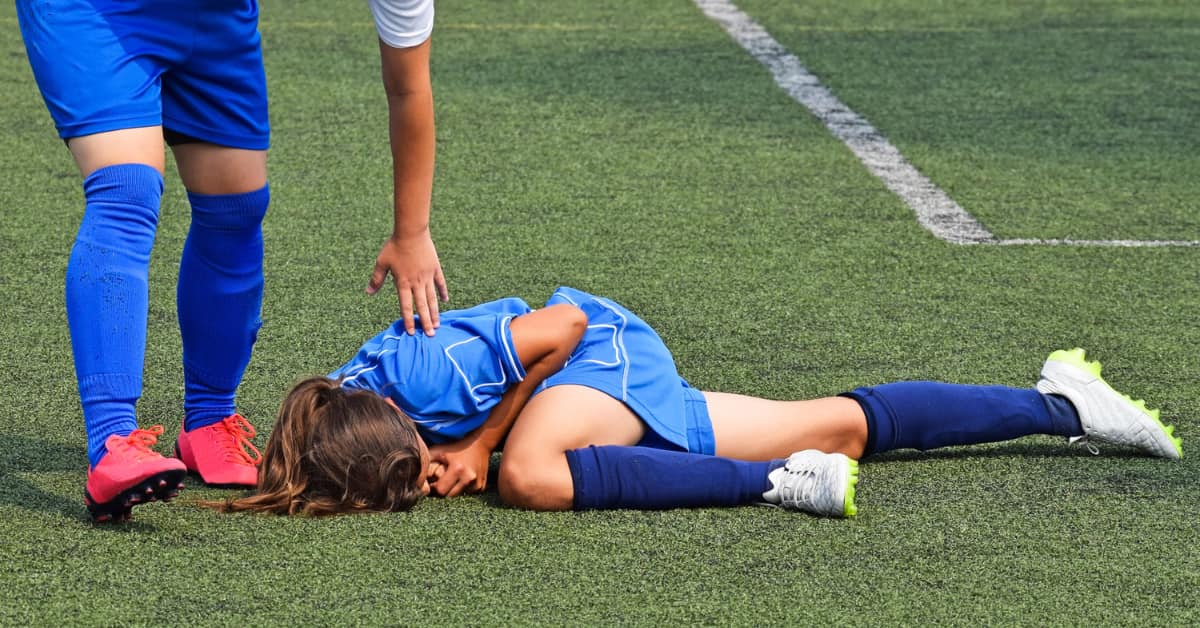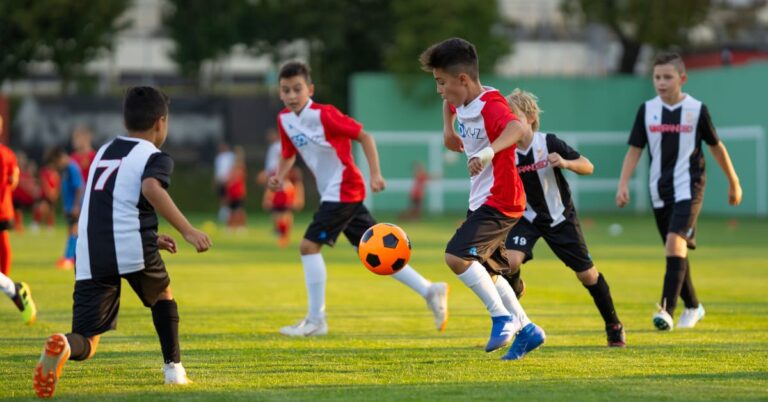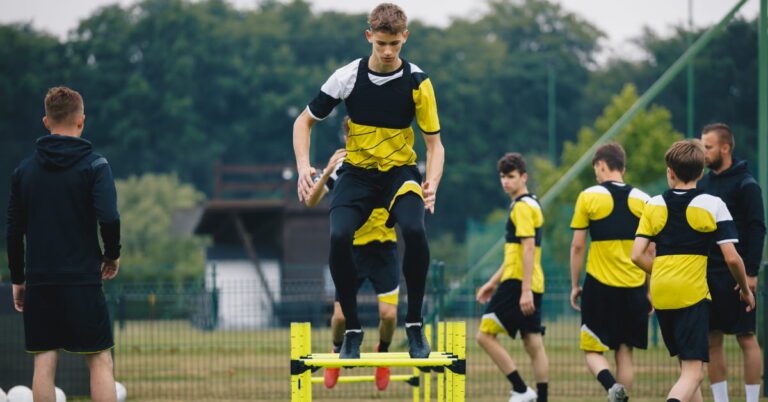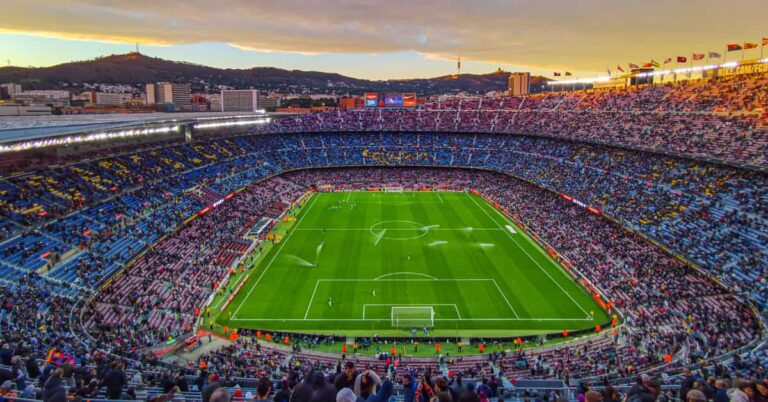Why Are Soccer Players So Dramatic? (Expert Explained)
Soccer, known as the world’s most popular sport, has captivated audiences with its thrilling matches and passionate players. However, one aspect of the game that often draws attention and criticism is the perceived dramatic behavior of soccer players on the field.
From exaggerated falls to emotional outbursts, these dramatic displays have become an inherent part of the game. But what drives soccer players to act in such a dramatic manner?
Why Are Soccer Players So Dramatic?
Soccer players may act dramatically for a variety of reasons. One common reason is that players may fake injuries or act dramatically to waste their opponent’s time.
This frustrating behavior can be a strategic move by the players of the winning team to secure victory. Additionally, soccer coaches may also contribute to the drama on the field by shouting, making gestures, or displaying anger. The referee has the authority to address and sanction such behavior.

Winning fouls
Soccer players may be perceived as dramatic because they often exaggerate contact with an opponent to convince the referee to award a foul. This strategy, known as diving or simulation, is seen as unsportsmanlike behavior. Players might throw themselves to the ground, wince in pain, or clutch body parts that weren’t even touched. The aim is to deceive the referee and gain an advantage for their team. This behavior has been a subject of controversy and debate in the soccer community.
Time-wasting
Another reason soccer players are seen as dramatic is their tendency to fake injuries or stay down longer than necessary, especially when their team has a lead. This tactic is employed to waste time and disrupt the flow of the game. When a player goes down and requires medical attention, the game is temporarily halted, giving their team a chance to regroup and catch their breath. While some injuries may be genuine, others are exaggerated to gain a tactical advantage.
Physical demands
Soccer is a physically demanding sport that requires players to cover large distances, make quick movements, and compete for the ball. The intense physicality of the game can lead to fatigue and, in some cases, injuries. When players go down, they may appear more dramatic due to the exhaustion and physical exertion they have endured throughout the match.
Cultural differences
Different countries and regions have varying cultural norms regarding physical contact and injury. In some cultures, players are expected to be tough and resilient, while in others, there is more tolerance for showing pain or exaggerating injuries. These cultural differences play a role in shaping players’ behavior on the pitch and can lead to perceptions of drama.
Referee bias
Soccer players may feel the need to exaggerate fouls or injuries to get the attention of the referee if they believe they are being unfairly treated. In some cases, players may feel that overreacting to a foul or injury is their only way to ensure that the referee takes appropriate action. This can contribute to the perception of dramatic behavior on the field.
Emotional intensity
Soccer is an emotional sport where players experience a wide range of intense emotions such as joy, frustration, anger, and disappointment. Players can react dramatically to goals, near-misses, referee decisions, or clashes with opponents. These emotional outbursts can be seen as excessive and theatrical, contributing to the perception of drama in soccer.
Psychological pressure
High-stakes matches or events can amplify the psychological pressure on players. The importance of the game, the expectations from fans and media, and the desire to perform at their best can lead players to react more dramatically to situations on the field. This pressure can result in heightened emotional reactions and contribute to the perception of drama in soccer.
Competitive nature
Soccer is a highly competitive sport, and players are constantly looking for any advantage they can get over their opponents. Exaggerating the impact of contact or injuries can be seen as a strategy to gain an advantage or disrupt the flow of the game. The competitive nature of soccer can contribute to the perception of drama, as players are willing to do whatever it takes to win.
Cultural significance
Soccer holds significant cultural importance in many countries around the world, with intense fan support and media coverage. Players are often under the spotlight, and their actions are scrutinized by fans, pundits, and the media. This added attention and pressure can lead to players feeling the need to exaggerate their reactions to incidents on the field, contributing to the perception of drama in soccer.
Previous experiences
Past experiences, such as previous injuries, may significantly impact players’ behavior on the field. If a player has been seriously injured in the past, they may be more cautious and prone to exaggerating the impact of contact during a match. Fear of re-injury or concern for their well-being can lead to dramatic reactions when faced with physical challenges, contributing to the perception of drama in soccer.

What is it called when a soccer player fakes an injury?
When a soccer player intentionally pretends to be injured or exaggerates the impact of contact with an opponent, it is commonly referred to as diving or simulation. Diving has become a controversial aspect of the game, as it is seen as deceptive behavior and goes against the principles of fair play.
Players may go to great lengths to convince the referee that they have been fouled, such as falling to the ground dramatically, clutching body parts that were not even touched, or writhing in apparent agony. However, diving is widely criticized and often met with disciplinary action when players are caught in the act.
The goal of simulation is to deceive the referee into awarding a foul or penalty kick to gain a competitive advantage for their team.
Why Neymar has so many injuries?
Neymar, the Brazilian soccer star, has indeed experienced several injuries throughout his career. While it is difficult to pinpoint a single reason for his frequent injuries, there are several factors that could contribute to this pattern. Firstly, Neymar’s playing style is characterized by agility, quick changes of direction, and explosive bursts of speed, which can put significant stress on his body and increase the risk of injuries.
Moreover, Neymar has often been the target of rough tackles and aggressive challenges from opponents due to his exceptional skills and high-profile status, which can lead to injuries. Additionally, Neymar’s physical condition, training methods, and overall injury management may also play a role in his susceptibility to injuries.
It is important to note that injuries are a common occurrence in sports, and while Neymar’s injury history is notable, it is not uncommon for highly skilled and influential players to face similar challenges.
Which injury is easiest to fake?
In terms of faking injuries, there is no definitive answer as to which specific injury is the easiest to fake. The perceived ease of faking an injury can depend on various factors, such as the visibility of the injury, the reaction of the player, and the scrutiny of the referees and officials.
Generally, injuries that involve minimal external signs, such as muscle strains or cramps, can be more easily exaggerated or faked by players. These types of injuries often rely on subjective feelings rather than visible physical evidence. However, it is important to note that faking any type of injury goes against fair play principles and is generally considered unsportsmanlike behavior.
Soccer governing bodies have implemented measures to identify and penalize players who engage in simulation or diving, aiming to discourage such behaviors from the game.
Conclusion
The dramatic behavior exhibited by soccer players has long been a topic of debate and scrutiny among fans, pundits, and the media. Throughout this article, we have explored various factors that contribute to the perceived dramatic nature of soccer players on the field.
From the pursuit of fouls and time-wasting tactics to the physical demands of the sport and cultural differences, we have seen that there are multiple reasons why soccer players may engage in dramatic behavior. Additionally, the influence of referee bias, the emotional intensity of the game, the psychological pressure players face, and the competitive nature of soccer have also been identified as significant factors.
Furthermore, we have recognized the impact of cultural significance, external pressure from fans and media, and the role of past experiences in shaping players’ behavior. It is important to acknowledge that not all soccer players exhibit dramatic behavior, and individual motivations can vary.








